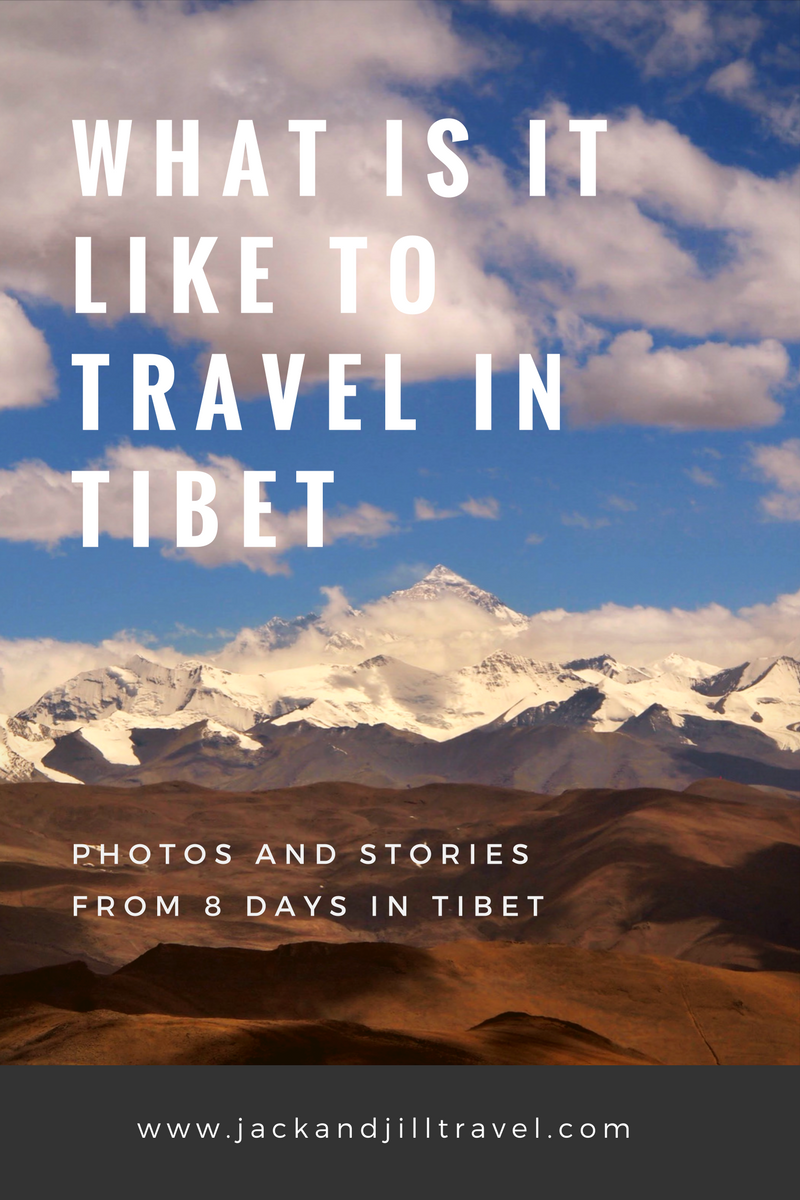
Before my trip to Tibet, I didn’t know much about Tibet beyond Potala Palace, prayer flags, and that movie… the one that Brad Pitt is in?
I didn’t know, for example, that independent travel in Tibet is forbidden for non-Chinese. I didn’t know any other places of interest in Tibet beyond Potala Palace. I guess Tibet has always been out of my travel radar. That is until my friend, Nellie, decided to run a tour there. I jumped on the opportunity because if I had to go with a tour group, might as well go with people that I know, right?
So what’s traveling in Tibet like? The following are my random observations, tidbits of memories, and highlights of Tibet.
Tibet Basics
Getting Chinese visa
Getting your Chinese visa is going to be your number one priority. Travel agencies in Tibet won’t be able to process your Tibet Travel permit without a copy of your Chinese visa. We were advised NOT to mention we were going to Tibet when applying. The itinerary provided showed us playing with pandas in Chengdu and seeing the terracotta warriors in Xi’an.
Pro tip: US citizens, remember to request a 10 year multi-visit visa. It’s the same price as a single entry
Internet in Tibet
You need VPN to access things blocked by China Great Firewall. Things like Gmail, Google Maps (or any Google products really), Facebook, Instagram, etc. Not all VPN providers work in China. I used ExpressVPN that has 30-day no question money back guarantee.
I bought China Unicom SIM card in Shanghai during transit and I found its coverage to be really good to excellent in decent-sized cities, and sufficient anywhere else. I’ll get it again for sure.
Pro tip: I’d recommend against free VPN services since many of them make money by selling your data.
Getting around in Tibet
As a foreigner, you can move around quite freely in Lhasa using taxis or tuk tuks. Your tour company will take care of transportations and accommodations outside of Lhasa for you. On the roads outside of Lhasa, there are multiple checkpoints with military presence who will make sure that you’re traveling with a tour group and that your paperwork is in order. I swear I needed to bust out my passport and my permit at least twice a day, every day.
Food in Tibet
When traveling in Tibet, you quickly realise something: you don’t really go to Tibet for the food.
Throughout our trip in Tibet we mainly went to restaurants that serve both Chinese and Tibetan food. Since Tibetan food tends to be (yak) meat-based, as a vegetarian I tend to stick to the Chinese part of the menu. I ate a LOT of scrambled eggs and tomato in Tibet.
Oh, talking about yak…
Yak products are everywhere. You’ll see yak meat in the markets. You’ll see big blocks of yak cheese or yak butter. You’ll see herds of yaks out on the countryside. You’ll have plenty of chance to drink either yak milk tea or yak butter tea. Yak milk tea became my drink of choice while in Tibet, but I couldn’t get used to the taste of butter tea. It tastes like how I imagine melted lip balm tastes like.
A butcher in the Muslim Quarter in Lhasa
Typical meal time on a Tibet tour. I have a suspicion that my minor food poisoning can be traced to that particular scrambled egg and tomato.
An 8 day tour of Tibet follows a standard itinerary, starting from your arrival in Lhasa.
Lhasa
Welcome to downtown Lhasa. Lhasa is quickly becoming a modern city with lots of ongoing development. You’ll notice tall, uniform, Chinese-style apartment buildings going up on the outskirts of Lhasa.
Such a contrast to the traditional Tibetan buildings.
Old town Lhasa
Potala Palace was a lot bigger and more impressive in person. Entrance was only possible through timed entry and even though a guide is not needed (as far as I can tell), you might need to be able to speak some Chinese to navigate the reservation system.
It was slightly disquieting as we went from room to room to realise that this place was somebody’s home at one point. Dalai Lama used to live here before his exile and Potala Palace was where he’d entertain visiting foreign dignitaries. Now it felt like an empty shell. A museum.
Those stairs looked pretty daunting when you’re at 10000 ft elevation.
Slowly making our way up the stairs to Potala Palace. Slowly because everyone was still adjusting to the elevation.
A popular place to photograph Potala Palace is during sunset from a little platform across the street.
We were in Lhasa during Saga Dawa, one of Tibet’s most important religious festivities. Tibetans travel from villages all over to Tibet to make a pilgrimage Jokhang Temple in Lhasa.
You get to be part of this pilgrimage by walking around Barkhor Square where Tibetan Buddhists walk circling the temple with one prayer wheel in one hand and a prayer bead in the other. The most devouts perform the circuit in a series of back-breaking prostrations (that reminded me of burpees – if you know what a burpee is, you can imagine how tiring it is).
We saw these women outside Jokhan Temple. We thought they were selling drinks out of those thermoses, but after watching them we realise they were selling thermoses filled with liquid yak butter to pour into candle offerings.
Everywhere around Lhasa you see burning incense, colorful offerings, and prayer flags. It’s just so colorful!
I can’t imagine the devotion it takes to perform these prostrations ritual.
Pilgrims performing prostrations outside Jokhang Temple, Lhasa
We were lucky to have been there during Saka Dewa and seen a lot of pilgrims in Lhasa.
Tibetan Buddhists doing their circuit in Barkhor Square, Lhasa
Everest Base Camp
Here are a few things you need to know about EBC:
– It’s a long, long drive to get there
– Everest Base Camp has the most traumatizing toilets. Not only was the floor and walls covered in fecal matter (how did someone miss the hole in the floor so bad?), but the door had a habit of slamming wide open right at the slightest gust of wind, exposing you to the whole wide world. And no, you can’t lock the door.
– EBC is nothing more than a gravel parking lot with large yurts/tents on the perimeter. Each tent touts its own amenities (one even claimed to have free wifi!) and is warmed by burning yak dungs.
– The tents in EBC are very territorial. Our group was split up between 2 tents but we weren’t allowed to hang out or have meals except in our assigned tent.
– It gets very cold and windy.
– You’ll be at 17000 ft and oh boy, you’ll feel it. I was lucky that even though I struggled with altitude sickness during my train ride to Lhasa, I had acclimatized enough by the time we got to EBC. One of our group mates wasn’t so lucky and needed supplemental oxygen.
The long, windy road to Everest Base Camp
Yaks!
Cloud-less Everest welcomed us to Everest Base Camp. This was the clearest we got to see the summit.
Atitude sickness is no joke. One of our group mates is getting some extra oxygen which, at 17000ft, is rare thing here at Everest Base Camp.
The highest birthday – it was one of our group mates’ birthday so our guide made a birthday cake made of tsampa, or Barley flour in EBC. Tsampa looks like a ball of mud and weighs just as much. It’s quite a hefty, fulfilling food, and one should not try to eat tsampa too much too soon.
The highlight of Everest Base Camp was obviously the opportunity to see Mt. Everest. We took a shuttle from the basecamp to the viewpoint – the closest we were allowed to get to Mt. Everest on Tibet side without a special permit. In this picture I was wearing everything I brought with me, it was SO COLD AND WINDY! But look at how majestic the summit is!
Sera and Drepung Monastery
We visited at least 4 monasteries in Tibet and honestly, they all looked kind of the same on the inside. The guide took us from one richly decorated room full of statues to another room equally full of statues, pointing out various gods and previous lamas. After awhile you lose track of who is who and why they were important. I did really try my best. But in the end, my biggest take away from my experience was: we were in the way of the Tibetans.
These are functioning monasteries and there were Tibetans praying, making offerings, and doing whatever it is people do at temples. And as often the case, we’d be there with other tourist groups, clogging the narrow hallways, blocking entrances, and crowding the already-small rooms.
Drepung Monastery
Prayer drums in Drepung Monastery
If you look closely behind the prayer drums…
Drepung Monastery, the largest of all Tibetan monasteries. At one point it housed about 7700 monks (compared to current 300 resident monks due to enforced population capping).
One of the monasteries we visited is known for its debating monks. Debates is a common part of Tibetan Buddhist education but not every monastery opens their debate practise to the public. But the monks of Sera Monastery would gather in a courtyard every afternoon to have a lively debate in front of visiting tourists.
The monks would pair up and debate at the same time, accompanies with much dramatic hand slapping and gestures. The challenger, usually the more senior monk, is standing and asking questions while the defender sits and answers the questions.
The debating monks of Sera Monastery.
I so wish I understood what was going on. For all I knew they were debating if cupcake is basically just muffin with frosting.
Traveling in Tibet always felt slightly voyeuristic. We were not allowed to mingle freely and our interactions were strictly customers and merchants, viewers and objects of attractions. It was an uncomfortable feeling. It reminded me of my time in Cuba where I felt tourists were operating in a parallel, but separate, universe than the locals. Feeling like we were somehow inconveniencing the locals just made it even more uncomfortable.
Around Gyantse our guide gave an option: a visit to (yet) another monastery, or to hike up a fort. The whole group unanimously voted for the fort. We loved the view from this fort, but my favorite part? It’s the giant screen showing a Windows error message.
The view from the top of the fort in Gyantse, Tibet
Tibet natural sceneries
Of all the places to visit in Tibet, seeing the natural scenery of Tibet was the highlight. Tibetan landscape reflects the harsh environment of high altitude plateau. Shades of brown and muted greens dominate the color scheme. There’s stunted vegetation under piercing blue sky and intense sun. The high-altitude lakes looked like a mirage, pools of blinding blue or green.
Tibet natural landscape is both stark and beautiful.
Mt. Everest and the colors of Tibet.
Yamdrok Lake
Namtso Lake
Namtso Lake from the pass
Tibetan Mastiff is reported to be the most expensive dog breed. By Namtso Lake, you could take a photo with a Tibetan Mastiff for a fee if you’re down with the whole animal-as-entertainment thing.
Karo La Glacier
—
Tibet is still a repressed region. And it shows. Even if you don’t know anything of Tibet’s tumultuous recent history, you’ll still feel that something is slightly off. If the multiple military checkpoints are not hints enough, you might notice the empty halls of the monasteries. Or how your tour guide, who usually speaks excellent English, suddenly doesn’t seem to understand certain questions and deftly changes the subject.
So my feelings about Tibet is complicated. I like Lhasa and its colors. I admire the religious devotion of Tibetan Buddhists (those prostrations!). I like to believe that tourism helps the local economy. But not to sugarcoat it, at times, when you know what goes on behind the scene, traveling in Tibet could get kind of depressing.
Have you/would you ever visit Tibet?
Tibet Info
A typical 8 day tour in Tibet might look like this and cost anywhere from $900 – $1000 (example of 8-day tour):
Day 1: Arrival in Lhasa;
Day 2: Lhasa: Potala Palace, Jokhang Temple, Barkor Street
Day 3: Lhasa: Drepung Monastery and Sera Monastery
Day 4: Lhasa to Shigatse: Yamtso Tso Lake, Karola Glacier, Gyantse Kumbum
Day 5: Shigatse to Everest Base Camp
Day 6: EBC and return to Shigatse
Day 7: Shigatse to Lhasa
Day 8: Depart from Lhasa
More tours around Lhasa and Tibet are also available, including a 15-day tour (see here).

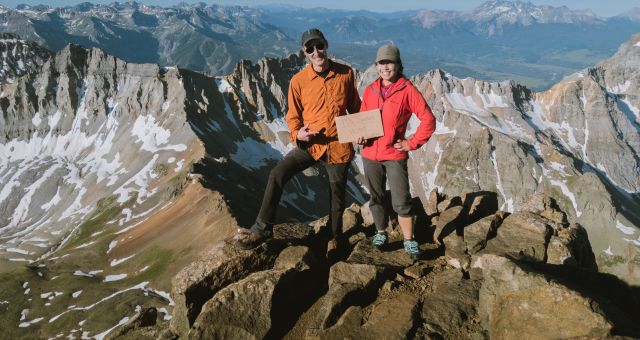
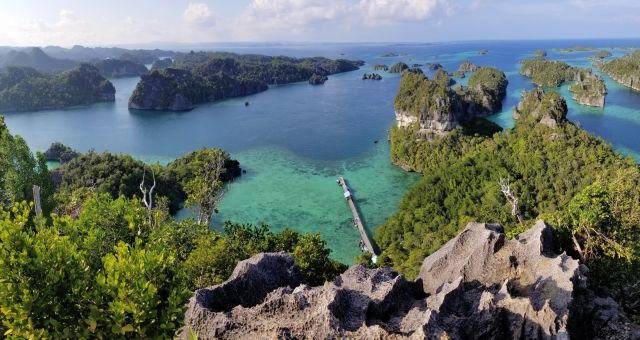
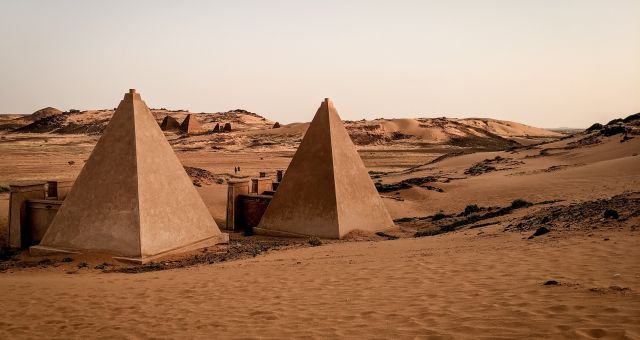
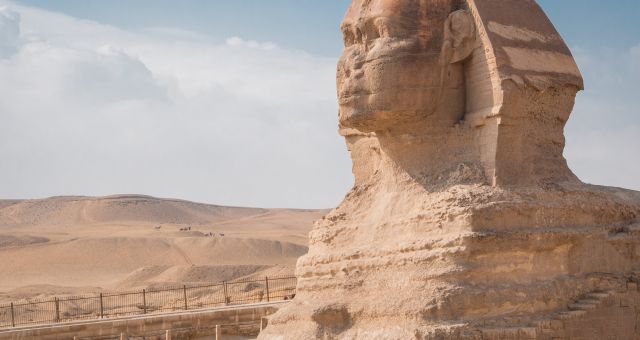
Great article with useful information, thanks for sharing your experience. Tibet is also on our bucketlist, but wasn´t really aware of the situation since the Chinese occupation. Yet, no matter how harsh conditions, it´s probably a unique experience to be there.
Hi Jill,
Interesting and refreshing read of your time in Tibet. I can only imagine how voyeuristic travel must have felt, that’s exactly the feeling I got from reading your reflections and your photos. You’ve confirmed my suspicions that visiting Everest Base Camp wouldn’t be the greatest idea (anymore) given the increasingly huge tourist trap and negative impact on the environment it seems to be. Plus a gravel parking lot at altitude doesn’t really sound that grand, notwithstanding the state of the toilets, yikes! Though seeing Mt. Everest would be amazing, I’m sure!
I didn’t know that independent travel in Tibet is not allowed. That is unfortunate. I can see why some people would be put off by that.
Glad to hear ExpressVPN works in Tibet. I’m using it in Germany and hope to visit Asia soon.